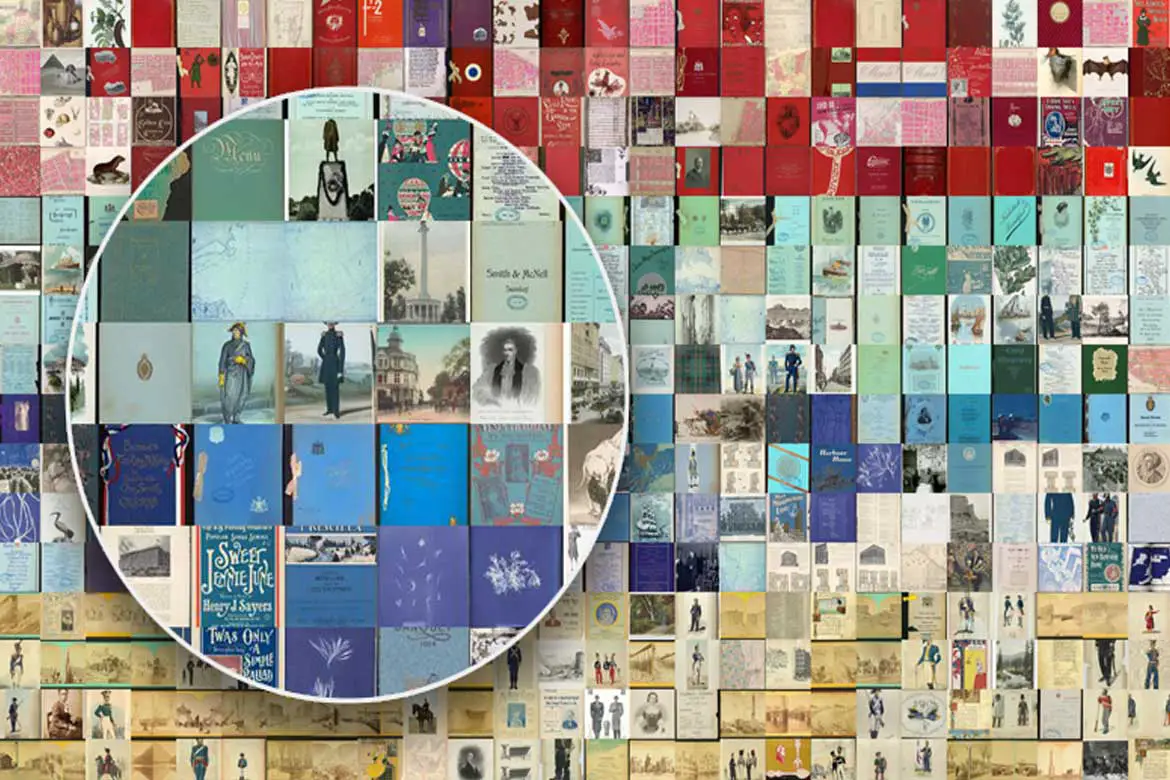For the record, before the soft launch of Creatology.com, I searched the web to identify forms of art that were substantial enough for special recognition and coverage.
Search engine returns were notable – over 9 billion results. But I only needed to review a few dozen. Several of the online sources were limited in scope, but I opted to go big for this framing exercise. While there wasn’t a clear consensus, twenty-four art forms stood out. They are listed below with brief descriptions.
Visual Arts
Visual arts: Visual arts encompass various forms of artistic expression that create works primarily intended to be appreciated visually. This broad category includes painting, sculpture, drawing, photography, and other visually-oriented art forms.
Fine art: Fine art refers to art forms created primarily for aesthetic or intellectual purposes rather than for functional or practical use. It includes painting, sculpture, drawing, and other traditional art forms.
Sculpture: Sculpture is the art of creating three-dimensional forms and shapes, often by carving, modeling, or molding materials such as stone, wood, metal, clay, or even ice. Sculptures can be representational or abstract, and they are often designed to be viewed from multiple angles.
Painting: Painting is the practice of applying pigments, colors, or other media to a surface, usually a canvas, paper, or wall, to create visual representations of ideas, emotions, or scenes. Paintings can range from realistic depictions to abstract interpretations.
Drawing: Drawing involves creating images on a surface, typically using pencils, pens, charcoal, or other marking tools. It is a fundamental form of visual art and can be used for sketching, illustrating, and conveying ideas.
Mixed media: Mixed media art incorporates various materials and techniques from different forms of art, often combining elements like painting, collage, and sculpture to create innovative and expressive works.
Modern art: Modern art refers to art created during the late 19th to the mid-20th century, characterized by a departure from traditional artistic styles and a focus on experimentation, abstraction, and new perspectives on reality.
Contemporary art: Contemporary art encompasses art produced in the present time, reflecting current cultural, social, and political contexts. It includes a wide range of styles and mediums, often pushing the boundaries of traditional art forms.
Pop art: Pop art emerged in the 1950s, celebrating popular culture and mass media. It uses images and themes from advertising, comic books, and everyday objects, often with bright colors and bold techniques.
Abstract art: Abstract art does not attempt to represent realistic depictions of the physical world. Instead, it uses shapes, colors, forms, and gestural marks to convey emotions, ideas, or impressions.
Cubism: Cubism, pioneered by Pablo Picasso and Georges Braque, is an early 20th-century art movement that depicts objects from multiple viewpoints simultaneously, often breaking them down into geometric shapes and facets.
Expressionism: Expressionism is an art movement that emphasizes the emotional and psychological aspects of the artist’s experience. It often distorts reality to evoke strong feelings and reactions from the viewer.
Impressionism: Impressionism emerged in the late 19th century and focuses on capturing the “impression” of a scene or moment, emphasizing light, color, and movement in a loose, painterly style.
Surrealism: Surrealism is an artistic and literary movement that explores the realm of the unconscious mind and dreams, producing bizarre and imaginative imagery that challenges conventional reality.
Conceptual art: Conceptual art prioritizes the idea or concept behind the artwork over its physical form. It often challenges traditional notions of art and may involve text, instructions, or performance to convey the artistic message.
Installation art: Installation art is created within a specific space, incorporating various elements such as sculptures, found objects, videos, and sound to create an immersive and interactive experience for the audience.
Land art: Land art, also known as Earth art, involves creating art directly within the natural landscape using natural materials like rocks, soil, and vegetation, often on a large scale.
Photography: Photography involves capturing images using light-sensitive materials or digital sensors to produce visual representations of scenes, objects, or people.
Physical and Functional Arts
Literature: Literature encompasses written or spoken works that use language to convey ideas, stories, and emotions. It includes poetry, prose, drama, novels, short stories, and more.
Music: Music is the art of organizing sounds in a structured and meaningful way, creating melodies, harmonies, and rhythms that evoke emotions and communicate ideas.
Architecture: Architecture is the art and science of designing and constructing buildings and other structures that are aesthetically pleasing, functional, and safe for human use.
Performance art: Performance art involves live actions and interactions by the artist, often in front of an audience, combining elements of theater, visual arts, and conceptual art.
Theater: Theater is a form of performing art that involves live actors performing scripted or improvised plays, conveying stories, emotions, and messages through dialogue, acting, and stagecraft.
Dance: Dance is a form of rhythmic and expressive movement of the body, often performed to music or in response to emotions, cultural traditions, or storytelling purposes.
To separate visual arts from other creative arts, I hung the moniker ‘physical and functional arts’ collectively on written works, music, and performance arts. Labeling things is a fun part of what writers do.
Seeking a Creatology Community Consensus
Please let me know if I missed or misapplied anything. A thought just occurred that our Creatology community list, once a consensus is reached, could be viewed as a credible authoritative reference.
Let’s make that happen, and while we’re at it – let’s make more art!

